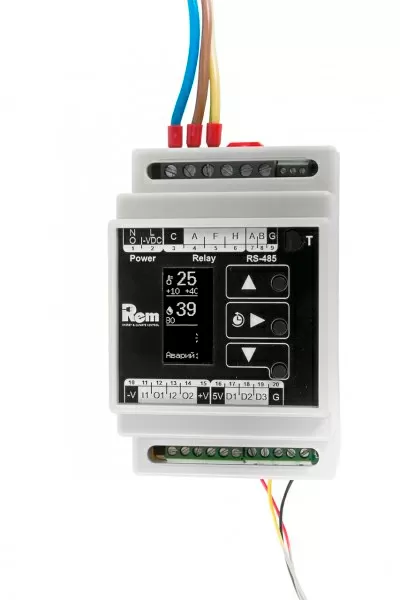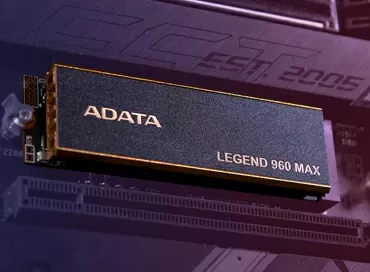Server rack monitoring: what is needed for this
A server rack is a miniature ecosystem with its own climate, its own electrical part, as well as its own security and protection facilities. But how to ensure the proper functioning of the rack and early troubleshooting? The solution is monitoring server racks. Technologies are so advanced today that there are many tools for monitoring server racks and the entire computing infrastructure of a small enterprise. These systems also allow you to optimize energy use, manage backup power and control cooling.
Why is it important to monitor server racks?
Modern computing equipment is much more reliable and durable than it was ten years ago. However, if the operating conditions are not optimal, this will have a negative impact on the service life of the components. The chips on the expansion boards can overheat to such an extent that contact is broken at the soldering points, and as they say, "the chip will fall off", causing an emergency shutdown of the machine, although externally and physically it will certainly remain soldered to the expansion board or motherboard. On the other hand, if the chips are too cold, an error alarm may be triggered. Some SSDs and almost all HDDs are very bad at working at low temperatures.

Environmental problems that do not immediately affect the equipment may still shorten its overall service life. A server running in a rack at a temperature 10 degrees above the optimum temperature has no noticeable performance problems and does not stop working immediately.

However, fans must work at a higher speed, which can lead to their faster failure, electrolytic capacitors dry out faster, and all this threatens with imminent expenses in the future.
Types of tools for monitoring server racks
There are many different tools for monitoring server racks that are used in enterprises:
- Temperature sensors - Temperature is perhaps the most important issue that can cause immediate and serious problems. Knowing the exact temperature of the server rack is critical in all situations. And this is not counting temperature monitoring in general in the data center.
- Humidity sensors - Humidity can have a big impact on the service life of computer equipment and on its daily operation. Accurate monitoring of sensors will allow you to predict in advance the breakdown of ventilation equipment in the data center and take the necessary measures.
- Air flow sensors - The air flow pressure in the server rack when using external air conditioning systems must be constantly monitored to ensure optimal conditions for the operation of servers. If the server rack does not receive fresh air in the required volume, it is necessary to immediately contact the service responsible for air conditioning systems.
- Contact sensors - receiving notifications at every contact with the server rack will help guarantee its security. This can help prevent thefts or even warn people about accidental bumps that could cause damage.
- Rack door opening sensors - triggering an alert when the rack door is opened is a good way to ensure security and avoid unauthorized operation.
- Vibration sensors - they are very popular in areas with earthquakes. They can also be used to understand whether construction or some kind of installation work is causing such a level of vibration that can damage the equipment. Magnetic hard drives are most sensitive to vibration.
- Power supply monitoring - Monitoring the electrical load of each server rack will help determine the equipment operating at maximum load. In some cases, this information will help you distribute the load between other server cabinets so as not to cause overheating during peak hours.
- Visual monitoring of the rack via webcam or IP camera. This is one of the most useful ways of monitoring: by installing video surveillance on the rack, you can easily see on the recordings how the technician accidentally disconnected the wrong cable, which LED indication is currently active, and in general this step helps a lot in investigating incidents.
Server rack monitoring software
In principle, monitoring software can be divided into two classes: specialized software for data centers and a general-purpose software stack that collects and analyzes information from sensors and metrics collection tools. The first type includes Nagios, Zabbix, Netdata, and the second type includes InfluxDB, Prometheus, Icinga, etc.
Ron Amadeo
28/03.2023













